Conservation Fund Freshwater Institute develops system to improve production efficiencies and overall waste capture
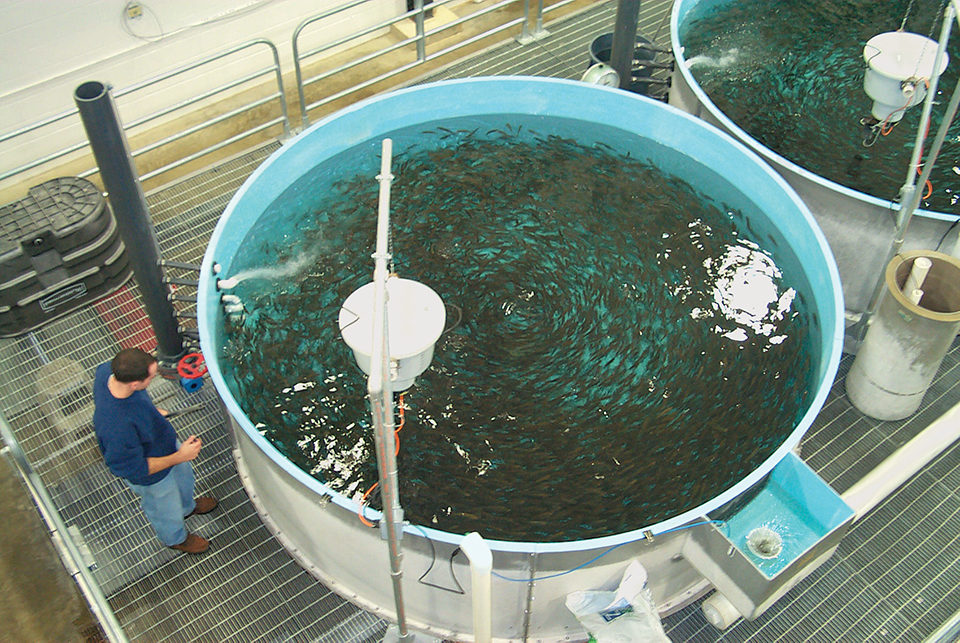
The Conservation Fund Freshwater Institute in West Virginia, USA, recently developed a model partial-reuse system to make more efficient use of limited water resources and better meet strict waste discharge limits, as well as provide a healthier culture environment for salmonids than traditional serial-reuse raceways. The work was supported by grants from the Agricultural Research Service, United States Department of Agriculture.
Partial-reuse system
The model system incorporated three, 10-cubic-meter circular dual-drain culture tanks, and reused the water discharged from the sidewall drains of the tanks. The water-reuse process first removed suspended solids (TSS) as the water passed through a microscreen drum filter with 90-μ screens. The water was then pumped to the top of a force-ventilated cascade aeration column to remove dissolved carbon dioxide (CO2).
Water exiting the aeration column flowed by gravity through a low-head oxygenator, where the mass of pure oxygen gas absorption was adjusted to maintain dissolved-oxygen (O2) concentrations within the culture tanks of approximate saturation. An automated pH control system turned the aeration column fan on and off to maintain a pH where mean concentrations of dissolved CO2 and unionized ammonia nitrogen (NH3-N) were less 20 milligram per liter and 0.0125 milligram per liter, respectively.
No biofilter was used in the partial-reuse system. As a consequence, make-up water flow rate was adjusted to control the accumulation of total ammonia nitrogen (TAN). With no biofilter, the system was relatively easy to start up, shut down, and disinfect. In fact, the partial-reuse system was cleaned and disinfected with a chlorine solution before being restocked with each successive group of fish.
The process of restarting the system was easy because the four- to 10-week period required to establish biofilter nitrification was avoided, along with the potentially toxic accumulation of nitrite nitrogen (NO2-N) that occurs during biofilter start-up.
System performance
Eight groups of advanced fingerlings that included Arctic char, rainbow trout, and an all-female brook trout x Arctic char hybrid were reared during separate periods within the partial-reuse system. The system performed well, even when fish culture densities routinely ranged 100-148 kilogram per cubic meter and dissolved oxygen consumption across the culture tank was sustained at levels as high as 13 milligram per liter.
In all cases except the first group of rainbow trout, when the stripping column’s ventilation fan failed, the mean water quality maintained within the culture tank was excellent. Measurements of water quality reported O2 ³ 9.5 milligram per liter, NH3-N ≤ 0.012milligram per liter, CO2 ≤ 18 milligram per liter, NO2-N ≤ 0.12 milligram per liter, and TSS ≤ 2.4 milligram per liter. Outside the first trout group, the partial-reuse system even maintained relatively safe maximum concentrations: NH3-N ≤ 0.019 milligram per liter, CO2 ≤ 23 milligram per liter, NO2-N ≤ 0.35 milligram per liter, and TSS ≤ 5.5 milligram per liter.
Water quality was sustained during periods of maximumfeed loading by culture tank volume exchanges every 15-26 minutes, the use of a continuous photoperiod, a 24-hour feeding regimen with feeding every two or three hours, and by running the fan on the cascade column nonstop to maximize carbon dioxide removal. On rare occasions, the recirculating system was also operated on three pumps rather than the normal two to increase the recirculating flow.
TSS capture
Depending upon the size of fish in the tank, the orientations of water injection nozzles in the sidewalls of the culture tanks were adjusted to provide the 0.5 to 2.0 body length per second velocity range considered optimum for salmonids. The water rotation also helped to fractionate and rapidly flush fresh fecal matter and waste feed through the bottom drains of the culture tanks within only two minutes of the feed entering the water.
The mean concentrations of TSS discharged through the tanks’ bottom drains were 8.7 times greater than the average 2.2 milligram per liter concentrations discharged through the side-wall drains. The flow from the bottom drains contained 68-88 percent of the TSS produced daily within the partial-reuse system, but only amounted to 12-18 percent of the total water flowing through the culture tanks. In comparison, the drum filter backwash contained 10-25 percent of the daily TSS discharged from the system.
Water exiting the bottom drains was directed away from the partial-reuse system to a microscreen filter before being discharged to the environment. The backwash from a drum filter within the system and one treating the discharge water was further treated in a radial-flow gravity thickening tank. Overall, approximately 82 percent of the TSS produced in the partial-reuse system was captured in this offline settling tank, which is much better than the 25-50 percent TSS removal estimated for traditional serial-reuse systems.
High production in self-cleaning system
The partial-reuse system sustained a production level of 35 to 45 kg rainbow trout per liter make-up water per minute, which was six to seven times greater than the typical 6 kg trout production level reported in serial-reuse raceway systems in Idaho, USA. However, unlike fish culture in serial-reuse raceways, where water flows by gravity, the partial-reuse system required approximately 0.3 to 0.5 kW of motor power for every ton of annual trout production, which equated to about U.S. $0.13 to 0.22 per kilogram fish produced.
The circular tanks and drum filters were self-cleaning, so waste removal required much less labor than that required to remove solids from raceways and their quiescent zones. In complying with waste discharge regulations, the cleaning costs for serial-reuse raceway systems can be a significant component of their cost of fish production.
Partial-reuse systems improve waste capture when compared to traditional serial-reuse systems. In addition, concentrating solids within a smaller discharge can reduce the space requirements, capital costs, and operating costs of downstream solids-removal units.
Other controlling factors
The temperature and alkalinity of the make-up water and the assumed maximum limits on the concentrations of dissolved CO2 and NH3-N are controlling factors that determine the amount of feed and water reuse allowed in a partial-reuse system. Therefore, water supplies with lower alkalinity concentrations allow for higher accumulations of TAN while maintaining safe levels of NH3-N and dissolved CO2. Where discharge of TAN is limited by state or federal regulations, a biofilter could be used to remove TAN from the partial-reuse system’s effluent.
Commercial applications
Large-scale partial-reuse systems with dual-drain culture tank designs are already being used to improve production efficiencies and overall waste capture at commercial farms and public hatcheries producing trout, Arctic char, and salmon smolts. For example, two relatively large partial-reuse systems with approximately 8 m3 per minute total system flow have been installed at the U.S. Fish and Wildlife Service’s White River National Fish Hatchery near Bethel, Vermont, USA, to raise threatened and endangered native strains of Atlantic salmon.
Partial-reuse systems should also provide an excellent culture environment for marine fish in seawater or brackish water applications. A seawater partial-reuse system could significantly increase production on a given volume of make-up water, which is often a limiting or expensive resource. A seawater partial-reuse system would also help maintain the water quality within the culture environment that many marine species require and concentrate waste solids within a flow that can be treated more efficiently and cost effectively.
Note: This article is a summary of a 2004 article by the authors that appeared in Aquacultural Engineering.
(Editor’s Note: This article was originally published in the February 2005 print edition of the Global Aquaculture Advocate.)
Now that you've reached the end of the article ...
… please consider supporting GSA’s mission to advance responsible seafood practices through education, advocacy and third-party assurances. The Advocate aims to document the evolution of responsible seafood practices and share the expansive knowledge of our vast network of contributors.
By becoming a Global Seafood Alliance member, you’re ensuring that all of the pre-competitive work we do through member benefits, resources and events can continue. Individual membership costs just $50 a year.
Not a GSA member? Join us.
Authors
-
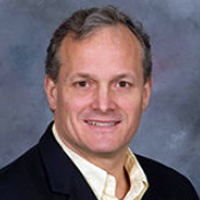
Steven Summerfelt, Ph.D.
The Conservation Fund Freshwater Institute
1098 Turner Road
Shepherdstown, West Virginia 25443 USA -
John Davidson
The Conservation Fund Freshwater Institute
1098 Turner Road
Shepherdstown, West Virginia 25443 USA -
Thomas Waldrop
The Conservation Fund Freshwater Institute
1098 Turner Road
Shepherdstown, West Virginia 25443 USA -
Scott Tsukuda
The Conservation Fund Freshwater Institute
1098 Turner Road
Shepherdstown, West Virginia 25443 USA -
Julie Bebak-Williams, VMD, Ph.D.
The Conservation Fund Freshwater Institute
1098 Turner Road
Shepherdstown, West Virginia 25443 USA
Tagged With
Related Posts
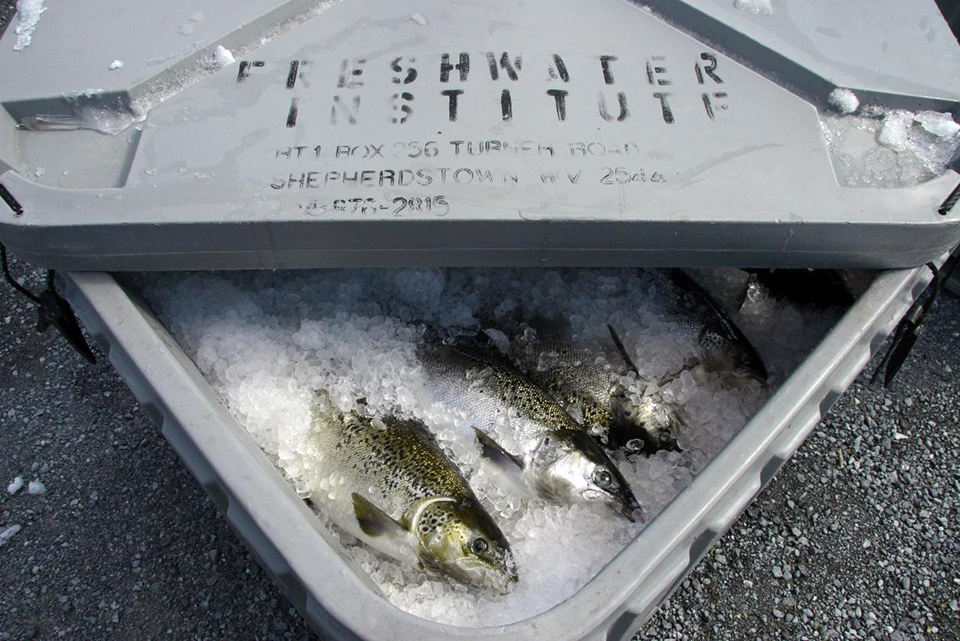
Innovation & Investment
Optimizing depuration of salmon in RAS
A study to evaluated operating practices and system designs that could potentially enhance depuration of off-flavors from Atlantic salmon cultured in a semi-commercial-scale freshwater recirculating aquaculture system.

Responsibility
A look at various intensive shrimp farming systems in Asia
The impact of diseases led some Asian shrimp farming countries to develop biofloc and recirculation aquaculture system (RAS) production technologies. Treating incoming water for culture operations and wastewater treatment are biosecurity measures for disease prevention and control.
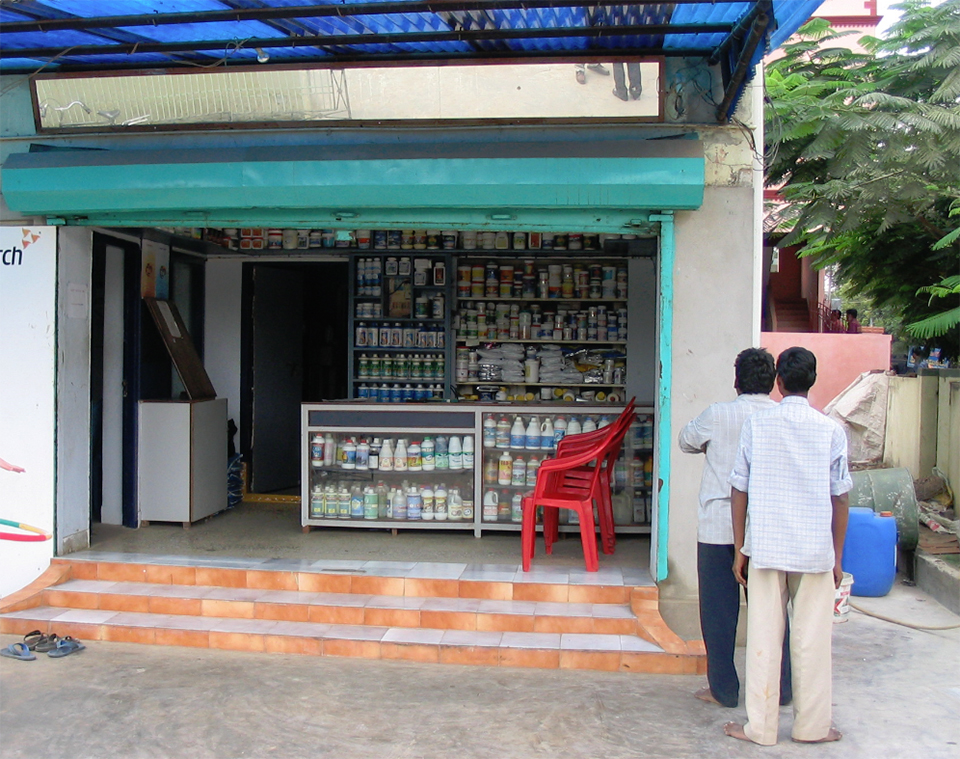
Responsibility
A review of water quality improvement products
Prof. Boyd examines products used by aquafarmers to improve water quality and conditions in their ponds and discusses their efficacy.
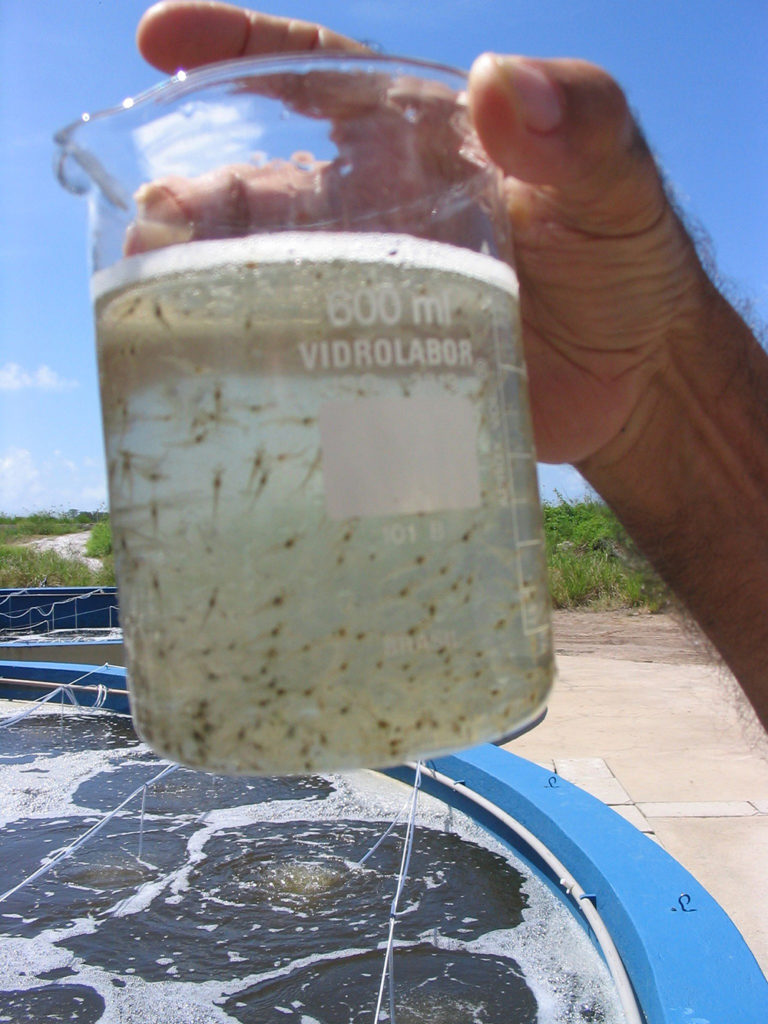
Health & Welfare
A study of Zoea-2 Syndrome in hatcheries in India, part 2
Indian shrimp hatcheries have experienced larval mortality in the zoea-2 stage, with molt deterioration and resulting in heavy mortality. Authors considered biotic and abiotic factors. Part 2 describes results of their study.


